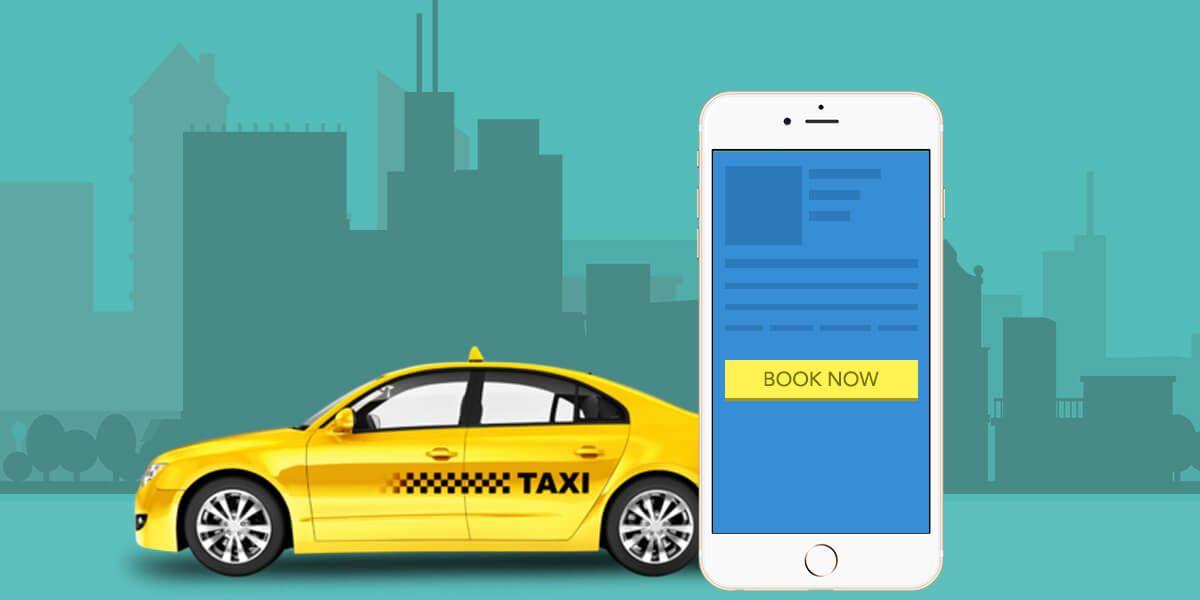The global demand for ride-hailing and taxi services continues to grow, and businesses are increasingly investing in custom taxi booking apps to meet evolving customer expectations. If you're considering entering this competitive market or upgrading your existing platform, understanding the Taxi Booking App Development cost in 2025 is essential. This guide breaks down the key factors influencing cost, the latest trends, and how to make strategic decisions for a successful launch.
What Influences the Cost of Taxi Booking App Development?
The cost of developing a taxi booking app depends on several core factors: the app's complexity, the feature set, the development team's location, and the technologies used. A basic app with standard features such as user registration, GPS tracking, fare calculation, and payment gateway integration will cost significantly less than an advanced app with features like real-time analytics, driver incentives, AI-based route optimization, or multi-language support.
Moreover, the number of platforms you want the app to support—iOS, Android, or both—can influence your overall investment. Native apps offer better performance and user experience, but they also come with higher development costs. Cross-platform development tools can reduce costs but may limit customization in some areas.
Average Development Cost in 2025
In 2025, the average cost to develop a fully functional taxi booking app ranges from $25,000 to $120,000, depending on the app’s scope. A simple MVP (Minimum Viable Product) with core features might fall within the $25,000–$40,000 range, while a mid-level app with user-friendly design and more features may cost between $50,000 and $80,000. Enterprise-grade solutions with complex backend infrastructure, admin dashboards, and scalability features can exceed $100,000.
If you're planning to Hire Dedicated Developers for your project, you gain flexibility in scaling and better control over your budget. Many companies prefer this model in 2025 because it offers consistent quality and continuous development support.
Hidden Costs and Post-Launch Considerations
Beyond development, you must factor in post-launch expenses. These include server costs, app maintenance, bug fixing, API updates, and cloud storage. Regular updates, customer support integration, and data analytics features are also vital for long-term success.
Security compliance—especially if your app handles sensitive user and payment data—may also add to your overall cost. Investing in strong security architecture from the start is not only smart but necessary.
How Hiring the Right Team Impacts Cost and Quality
Choosing the right development partner plays a significant role in both cost-efficiency and quality output. If you Hire Dedicated Developers, you gain access to a focused team that understands your business model and works closely with you to bring your vision to life. This model ensures faster delivery, consistent communication, and more customized solutions tailored to your business goals.
Hiring dedicated professionals can also streamline your Taxi Booking development process, helping you avoid the pitfalls of miscommunication, missed deadlines, and inconsistent app performance. When done right, this strategy becomes an investment that pays off in long-term customer satisfaction and business growth.
Conclusion
In 2025, building a taxi booking app remains a viable and potentially profitable business opportunity. However, understanding the total cost—beyond just development—is crucial to making informed decisions. By carefully planning features, choosing scalable technology, and opting to Hire Dedicated Developers, you can control costs while delivering a top-tier user experience.
As ride-hailing continues to evolve, your ability to adapt and innovate will determine your app’s success. Start with a clear roadmap and the right team, and your investment in Taxi Booking app development cost can yield strong returns for years to come.
